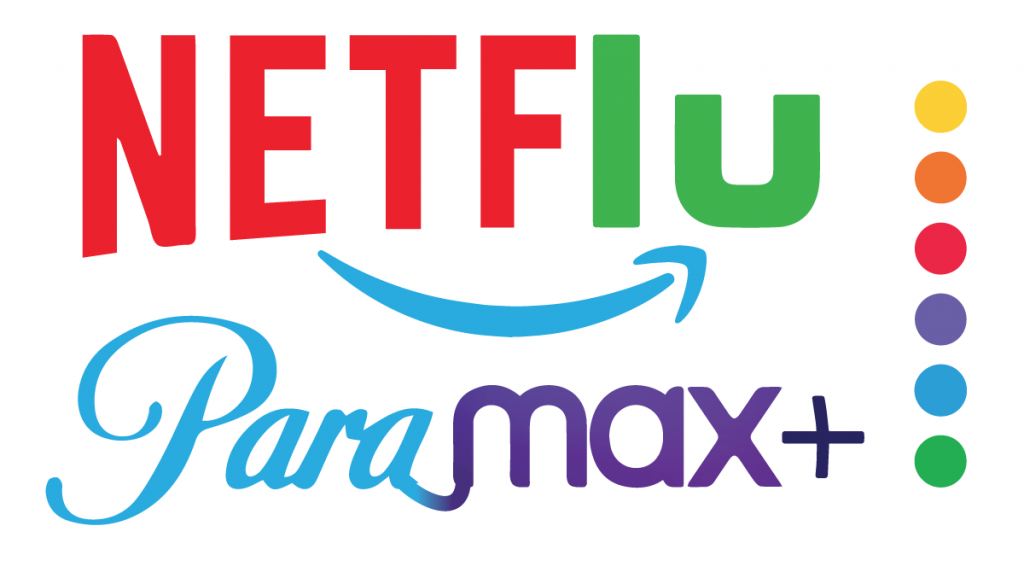
Streaming has lately been a fast-growing medium that is rapidly eating into television’s audience. Largely, this is due to the convenience that it brings in conjunction with the vast amount of content streaming offers.
Although many companies like Netflix have built their streaming platforms around old content, new content is proving to be the newest factor in securing users. This is especially the case for other streaming services like HBO Max, Disney+ and Amazon Prime, with Netflix investing a reported $12.5 billion into new content.
This investment can include deals to license old popular series or to create newly produced series, but there is a fundamental problem to the business model being implemented.
Entertainment has entered a fragmented state that separates customers and overestimates the number of people willing to pay for so many different streaming services.
Most of the new content being produced by studios partnered with these services has been disappointing. There is a glut of substandard content being put out on these platforms, serving only to clutter their libraries and deter consumers from keeping their subscription.
Breakout hits have emerged such as “Stranger Things,” “Ted Lasso” and, most recently, “Squid Game” but these have been few and far between. For every “Squid Game,” there’s a veritable bargain bin of poorly created horror/thrillers and movies reminiscent of Hallmark specials.
Netflix’s model of only making profits off of subscriptions while paying out millions for licensing fees makes their business seem unprofitable, and having bad content undermines those subscriptions and threatens to alienate their market.
However, Netflix has managed to break into massive markets in Asia with Japanese and Korean dramas and animation, so they are still the frontrunner in regards to the other services with profits still being made.
The problem is that the pandemic has largely hindered studios from creating new content and presents a new struggle.
Now, with a company as massive as Netflix making up most of the streaming market, how can so many competitors offer enough competition while others license and side with Netflix?
The market is becoming too saturated with services asking for too high of a price for the content they offer or lack of. After all, the services they give only own what they own, so the options given are simultaneously too broad to watch all of, but too little to warrant paying for.




